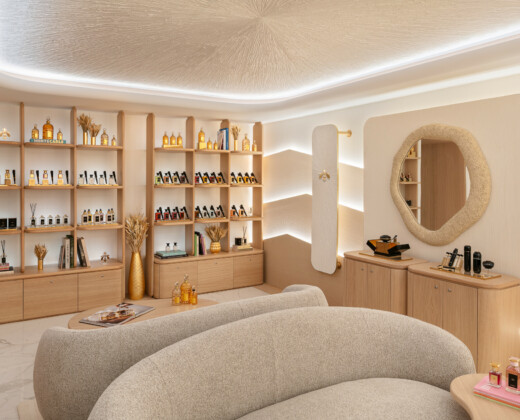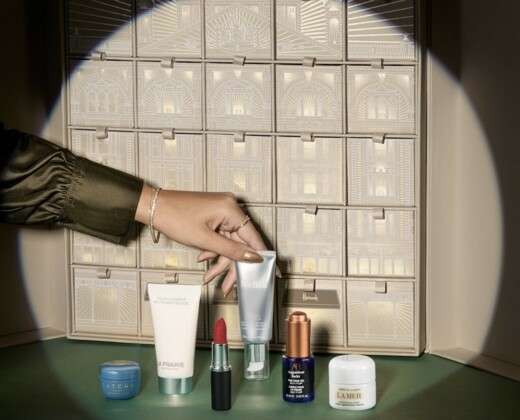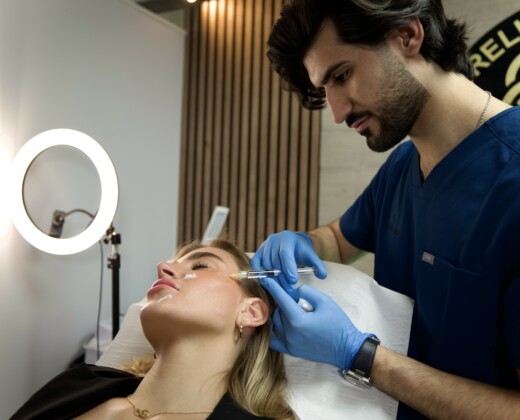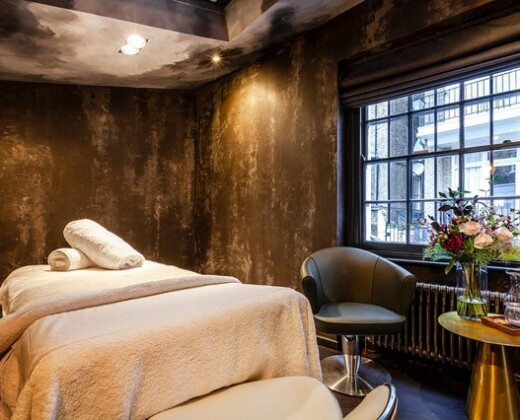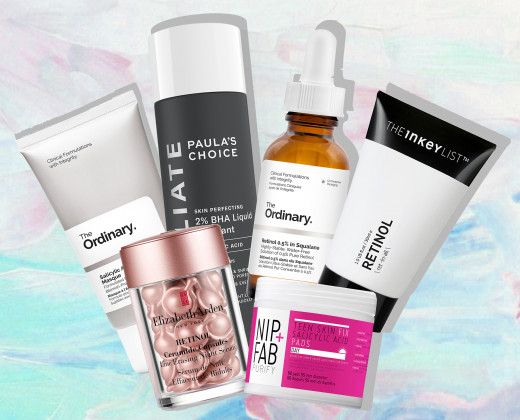At some point in life, we all begin to notice the appearance of fine lines and wrinkles, which often deepen over time, and many choose to address these signs of ageing for a more youthful appearance. One example of this are nasolabial folds, more commonly known as smile lines, which are creases in the skin that run from the nose to the side of your mouth. These happen naturally due to collagen production slowing with age, sun damage over the years, smoking, and even weight fluctuations causing the skin to droop.
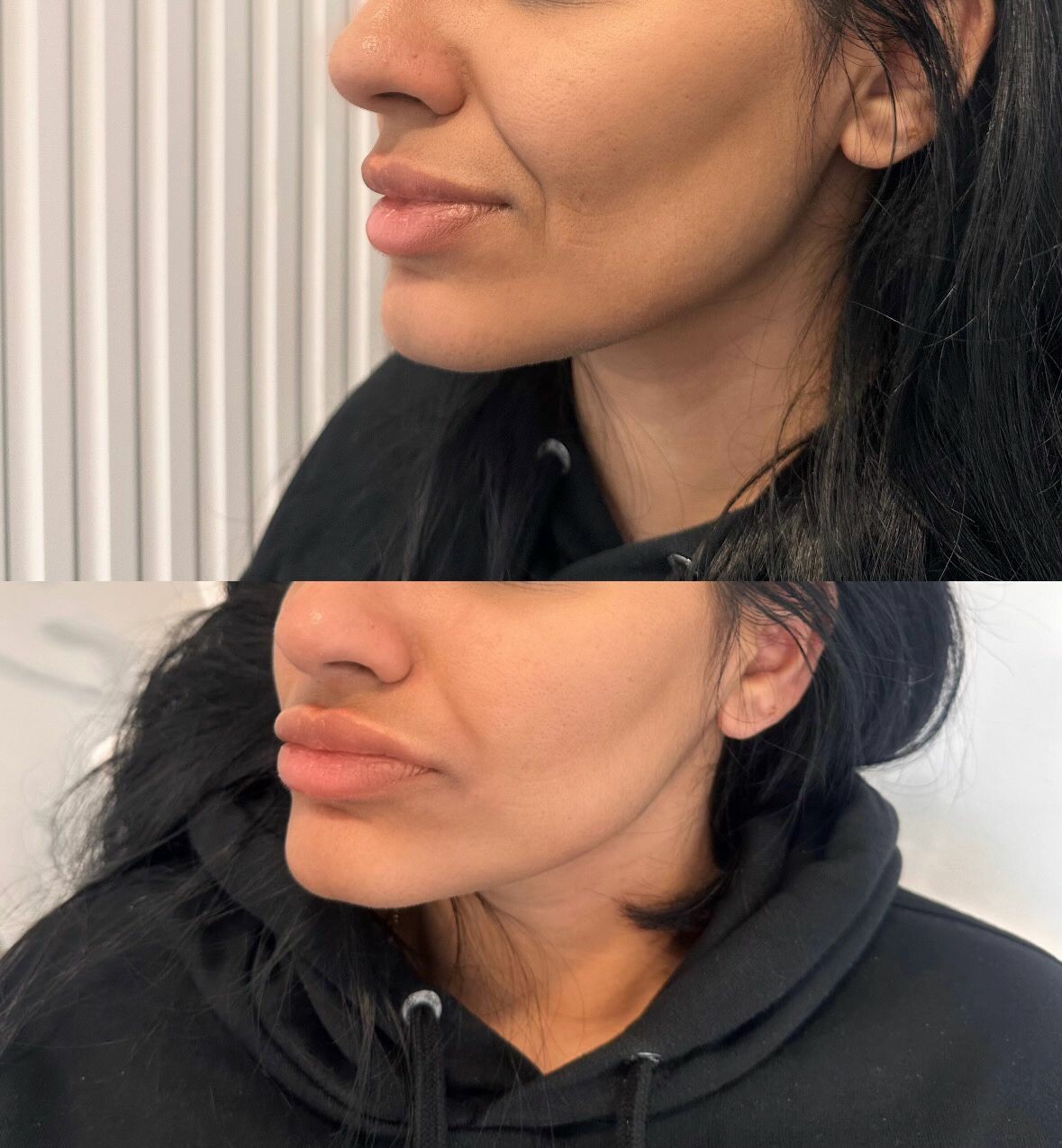
Voir met with Dr. Alexys Reuter, an Independent Nurse Practitioner and Senior Injector at Thérapie Clinic, who guided us through a complete nasolabial fold procedure using dermal filler. Our in-depth coverage explores every step of this simple yet highly effective cosmetic treatment.
Dr. Reuter starts with evaluating the face and explains that “when it comes to the nasolabial folds (smile lines) you have to look at the face as a whole. Sometimes heavy nasolabial folds are the result of collagen and elastin loss through ageing or weight loss and therefore it can be more beneficial to fill the cheeks and/or temples.”
She adds that “if the cheeks are already full and the nasolabial folds are an isolated problem then there are different options; the two with the fastest results are dermal filler or Botox (botulinum toxin).”
Botox primarily focuses on preventing wrinkles, whereas dermal filler addresses and smooths the lines that already exist, and this is the procedure that we are focusing and guiding you on.
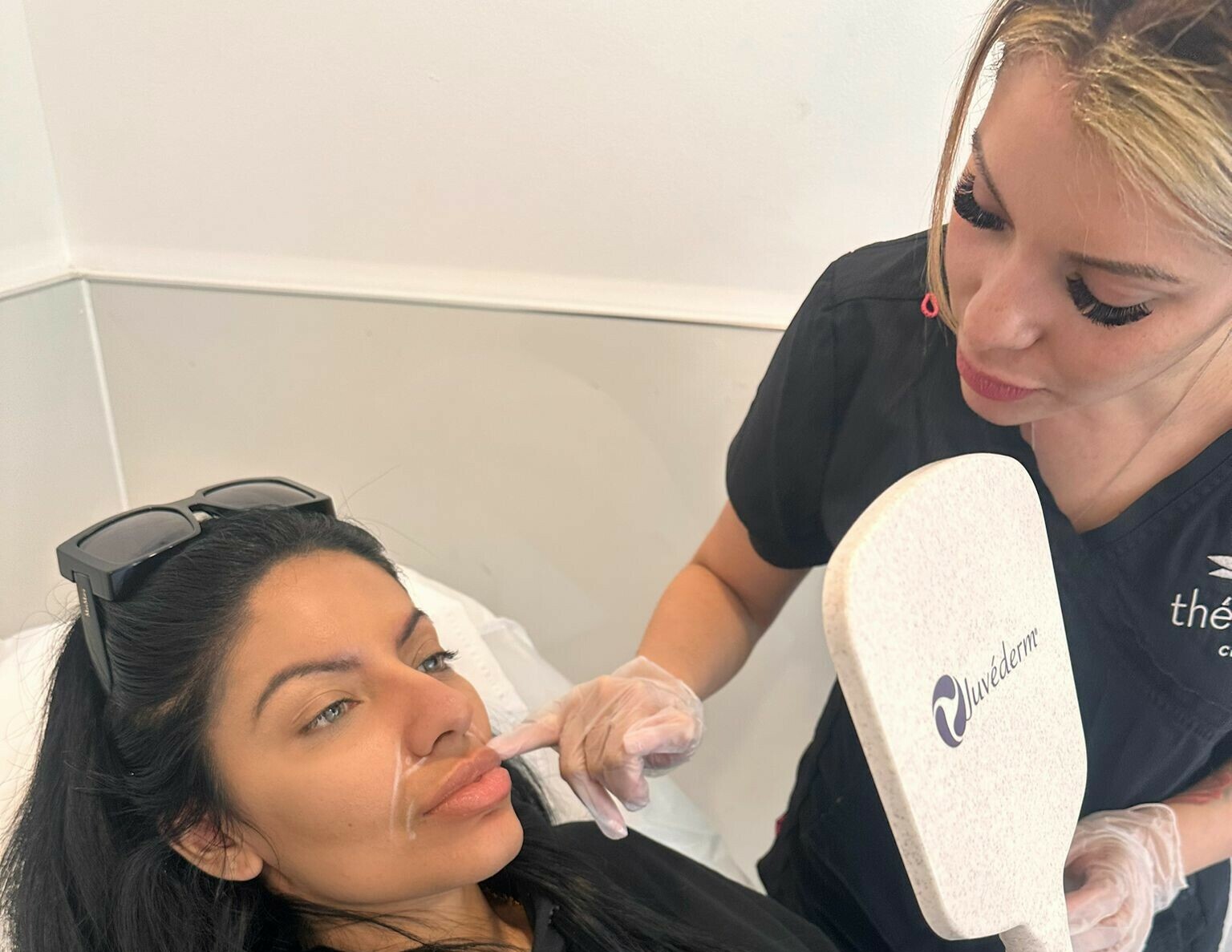
So what actually is dermal filler?
It is hyaluronic acid which is cross linked to add volume and fill out fine lines. This gives you immediate results however it can cause slight swelling for a few days. Results with dermal filler last longer than with Botox, typically 6-18 months depending on the filler used and its location.
In terms of procedure, numbing cream can be applied if needed but isn’t a necessity as we saw when we were there. Dr. Reuter then pencils in lines to show the piriform fossa, the triangular region at the top of the nasal folds starting right at the nasal base where the filler will be initially injected to bring the lines forward.
The first injection then adds the filler to base of the nose and we were surprised with how quickly we saw the filler smooth over the nasal folds even before the procedure was complete. “At Thérapie we use Juvederm (one of the most well-known brands) which is licenced, and FDA approved,” explains Dr. Reuter.
She then went in with a different needle (or cannula) which is used to add the filler in a linear threading technique and finishes off the procedure. Dr. Reuter told us that she normally starts with 1ml of filler and adds more if necessary to create the most natural look.
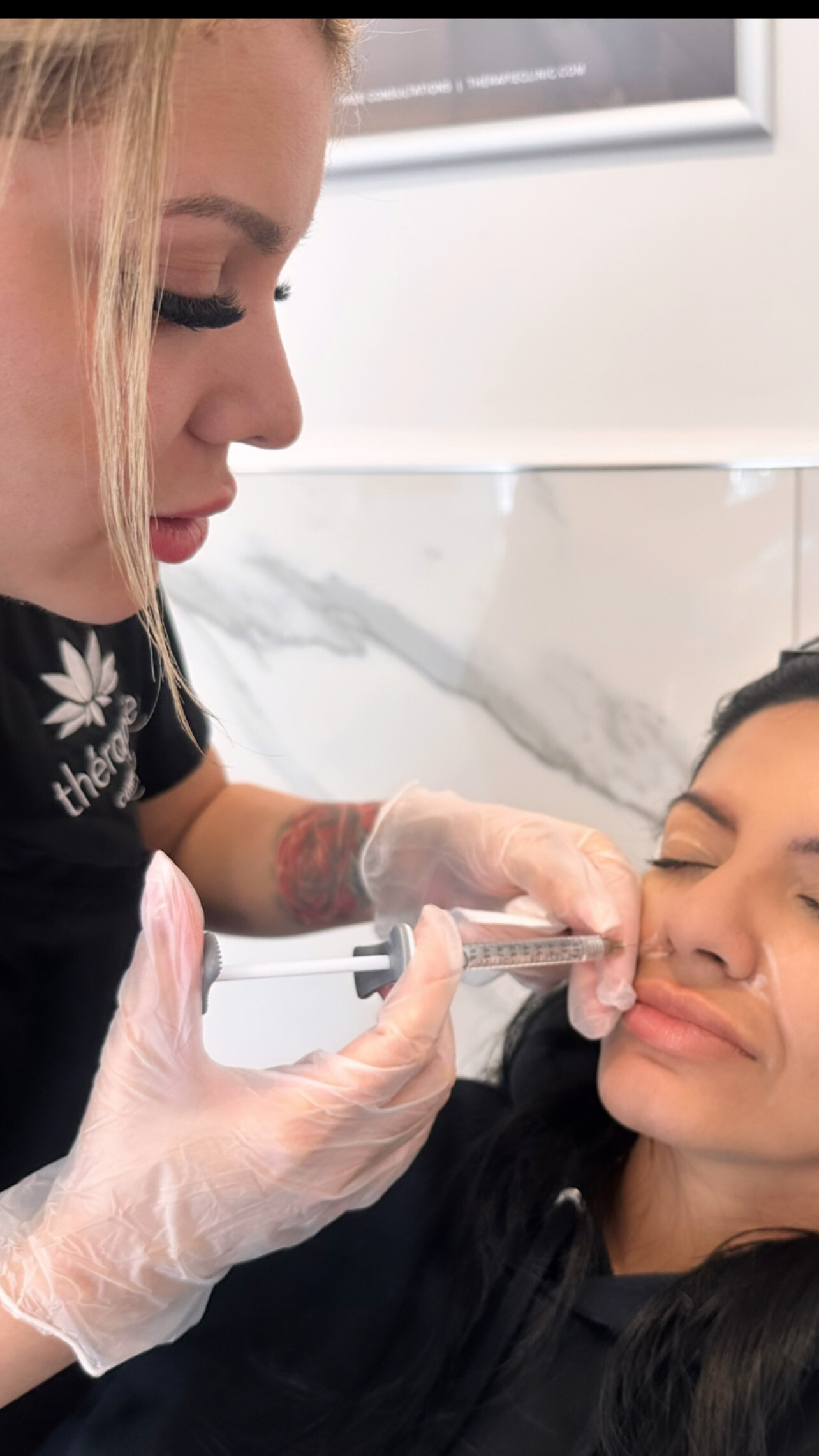
You just need the one session, and you can see results immediately afterwards. It is possible to have swelling for up to one week post procedure along with potential bruising and redness as around the mouth is a particularly sensitive area with more blood vessels, she explained to us.
Even though results are instant, within a couple weeks is when you really see them becoming completely apparent after the filler settles and any bruising or swelling subsides.
What are the risks I should be aware off?
Of course, there are risks present with any cosmetic procedure and we want to make sure our readers are aware of any that may occur. As mentioned previously, minor risks typically include bruising, swelling and tenderness, alongside pain, mild itchiness, or a rash around the treated area, but these are common and usually temporary.
More serious risks can include infection, allergic reactions to the product, accidental nerve damage via needle, lumps, asymmetry if one side is treated better than the other, and in rare cases necrosis (where the skin tissue dies if the filler blocks a blood vessel therefore cutting off blood supply). Patients should also be aware of filler migration which is rare but a possibility and can lead to an unnatural appearance. This is why choosing a qualified and experienced practitioner who understands the anatomy of the area and takes you through all the risks prior to the procedure is extremely important.
Regarding aftercare this is relatively simple and always explained to you before and after the procedure. This includes no heat on the area, no alcohol, and no exercise, all for at least 24 hours. It is also recommended to try and drink at least 2L of water regularly as it supports the healing process and helps filler last longer when the skin is hydrated.
Dermal fillers are a great option for a quick and easy treatment to fix aging concerns, and usually the first point of call. They are generally minimally invasive, cost effective and last a considerable amount of time, making this procedure a great option to address fine lines and wrinkles. Make sure to do thorough research if you are considering this procedure and talk to a dermatologist or medical practitioner for more advice.
Zlata Gavula


